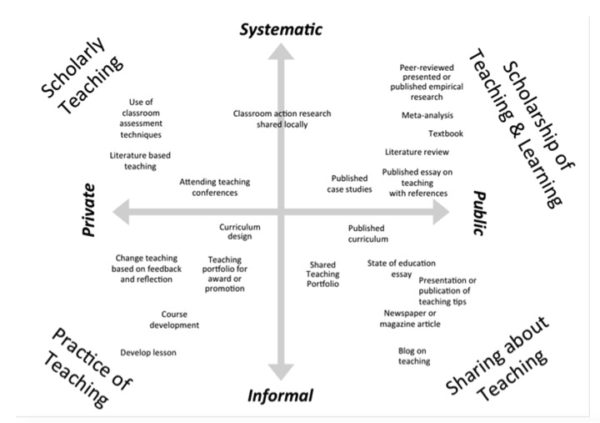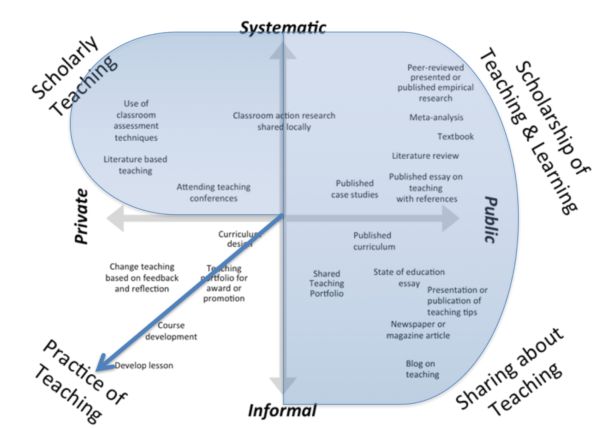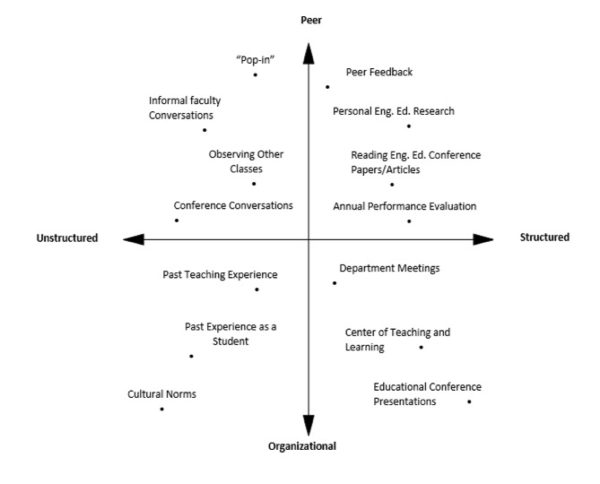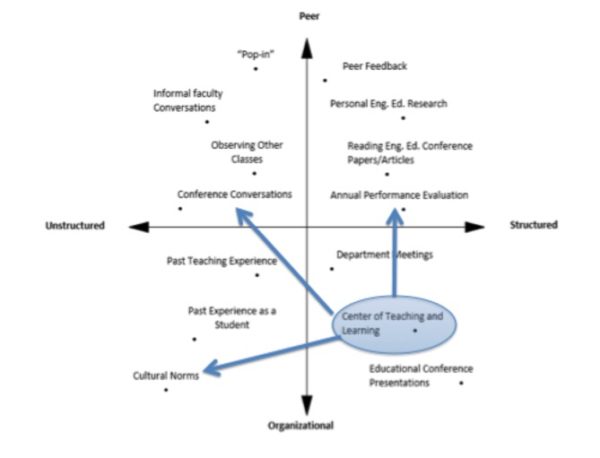Steven Volk, Director, Center for Teaching Innovation and Excellence (CTIE) and Professor of History Emeritus, Oberlin College, Co-Director, GLCA/GLAA Consortium on Teaching & Learning
Contact at svolk@oberlin.edu
We rushed to complete last minute preparations for the GLCA/GLAA Consortium for Teaching and Learning colloquy with one eye on the agenda, and the other on weather.com. Bad enough that the always-hysterical weather channel was predicting snow and ice “from Rockies, Plains to Midwest, Northeast.” A day before we were to hit the highways, making our way to Ann Arbor, they even gave it a name, “Winter Storm Mateo.” Game over; conference cancelled!
Yet what is technology for except to defeat the snow and ice that Mother Nature sent our way! Those who could joined a video conference session which, while lacking the real pleasure of seeing old friends, meeting new colleagues and returning to our campuses with bags overflowing with Zingerman’s delights, still allowed us a chance to discuss and begin to answer some of the colloquy’s main topics.
The theme of the conference was “Making a Difference.” Within this, we wanted to (1) engage faculty members in discussions of topics that effect their teaching, in the context of their own classrooms, their home institutions, and society as a whole; and (2) increase the impact that a consortial program can make to strengthen teaching and learning across our liberal arts colleges. Our intention in Ann Arbor was to consider these subjects in the context of making a difference. Specifically, the questions we posed were designed to help us think about:
- What difference do we want to make:
- locally (mindful of our primary task as educational developers, impacting teaching and learning on our campuses);
- within our communities (considering the actual location, the “place-basedness,” of our campuses and the ways that interactions with our local communities can benefit students and communities alike and impact a broader discussion); and
- nationally (considering ways that we can positively engage an increasingly polarized debate on the value of higher education).
- How do we plan to make these differences? How do we theorize and strategize change? What models do we have that can help us think, concretely and specifically, about realizing the changes we see as necessary at all three levels, local, community, and national?
“Mateo” saw to it that we wouldn’t be able to discuss these issues face to face, but the storm didn’t deter us from beginning the conversation via video conferencing. Neither snow nor rain nor… And this article is another means by which we intend to deepen and broaden the discussion.
In this brief introduction to the exchanges that we plan to initiate and coordinate over the next few months, I want to begin by suggesting some conceptual frameworks to guide the work of making a difference, suggesting how we might begin to think about the changes that we desire at the local level, within our primary function of impacting student learning, and the strategies we can adopt to realize change and make it sustainable. Later articles will address change making in the community and nationally.
We encourage you, indeed we implore you, to join this discussion by sharing your perspectives, critiques, personal stories, and thoughtful considerations. As I’ll note below, change initiatives can only succeed if they are discussed by advocates as well as critics, and they must include voices that have not traditionally been heard or listened to. Our goal is to provide the framework going forward for reflective dialogue while planting and nurturing the seeds of change on our campuses, among our colleges, and more broadly.
Making a Difference Locally: Teaching and Learning on Campus
How practitioners think about “teaching and learning” has evolved considerably since 1990 when Ernst Boyer pushed beyond the “teaching vs. research” dichotomy in his book, Scholarship Reconsidered. “The time has come,” he argued, to give the term scholarship a “more capacious meaning, one that brings legitimacy to the full scope of academic work.” And while, judging by the rewards system in place at most institutions, some doubt can be raised as to just how far we have advanced, in other respects, how practitioners conceive of the practice of teaching is considerably different. In an article celebrating the 25th anniversary of Boyer’s influential text, Beth Kern, Gwendolyn Mettetal, Marcia D. Dixson, and Robin K. Morgan, examined how our consideration of teaching has expanded over the last quarter century. I found their discussion to offer a useful entry point into our own deliberations.
Image 1

[From Kern, et. al., “The Role of SoTL in the Academy,” p. 5]
Image 2

[From Kern, et. al., “The Role of SoTL in the Academy,” p. 5]
Ultimately, I hope that colleagues find (and many, most, already have) an intrinsic desire to support continual reflection and re-engagement with their teaching, and that this motivation is strong enough to overcome the lack of extrinsic rewards or actual barriers that the academy can often erect to pedagogic innovation.
How to Bring About Change
If those are the changes I want to make – this continual nudging of the faculty – how do I, and how do we, go about it, particularly since it’s quite clear that change won’t come about, or be sustainable, if only one person is engaged in the process?
The literature on organizational change and diffusion in higher education is deep. (I’ll include a short bibliography at the end of this essay). Researchers looking to answer the question of how change can be best brought about have identified approaches that address different institutional cultures (collegial, bureaucratic, political, and anarchical [Davies, 1997]); frames of action (structural, human resource, political, symbolic [Bolman and Deal, 1991]); etc. In a particularly thoughtful article, “Toward a Constructivist Framework for Guiding Change and Innovation in Higher Education,” George R. Lueddeke hypothesizes that a model for change in academy needs to:
- Integrate experiential and dynamic praxis (interrelating theory, practice, and experience) in order to locate models for change in “authentic” and problematic experiences;
- Encourage collegial and collaborative (vs. managerial) decision making, emphasizing relationships, not structures, involving teams and not individual leaders;
- Demonstrate a capacity to adapt to existing practice and to changing circumstances;
- Focus on reflective, generative and transformative activity, stressing organic and recursive approaches to change efforts, providing plans not blueprints;
- Insure that the changes contemplated are meaningful to the academic community, respecting academic autonomy, recognizing the importance of professional standards;
- Operate largely through ambivalent teaching/learning environments where there is a limited ability to process information, fluid participation, and an emphasis on organizations as cultures with their own rituals, ceremonies, and myths (rather than relying on rules, policies, and managerial authority);
- Provide a framework for verification purposes: sustainability and accountability.
Lueddeke puts forward what he calls an “Adaptive-Generative Development Model (A-GDM)” for change, which begins with an analysis of needs and ends with an evaluation of the change that has emerged. Its six main elements (needs analysis, research and development, strategy formation and development, resource support, implementation and dissemination, and evaluation), are broken down into further subcategories (see Image 3).
Image 3

[Lueddeke, Towards a Constructivist, p. 249]
While Lueddeke’s concept of the work of change envisions an organized framework for action, change can begin to take root in unstructured (hallway conversations, internal conversations you have in your brain when you finish a class, light-bulb realizations that occur as you’re walking down the street), as well as structured contexts (conferences, department meetings, performance reviews). And they take place in ways that are transient as well as planned. Image 4, from the work of Kari L. Jordan, et. al. maps some pathways of knowledge transfer that, in their experience, supported the adoption of evidence-based instructional practices (EBIPs) in the context of engineering education.
Image 4

[Jordan et al., “Knowledge Transfer,” n.p.]
Take a moment and try to remember what it was that brought you into a higher level of interest in, and engagement with, pedagogy, or student learning, or equity and inclusion, or critical approaches to teaching, or any other aspect of teaching and learning. The work of change begins (but certainly doesn’t end, as these different models make clear) with the individual who decides that something should change. Quite often, an initial question, doubt or decision doesn’t lead very far; repeated decisions and considerable support are required. But the process starts with the individual. So, again, what set you in motion down a path of wanting to share with others the kinds of insights or experiences you have in the classroom?
Each one of us will likely recall which of the particular instances or modalities traced out in Image 4 impelled us forward. For me, a historian who didn’t know pedagogy from podiatry, who never took a psychology course, studied learning theory, or explored child development, and who never received the slightest bit of mentoring regarding what it really meant to be a teacher, it was a series of unstructured interactions that helped me realize that the questions I had weren’t mine alone. Parking lot conversations with peers, usually griping about something or other, caught my attention. Disappointment with my own teaching failures (what was I thinking when I wrote that assignment?) encouraged me to ask colleagues if they had suffered similar setbacks, and if so, what did they do about it.
Realizing that my concerns were actually part of a larger collective set of anxieties, I began to seek out other teachers, usually K-12 teachers who actually had received training in all the things I lacked, and who knew enough to think about these challenges in a more organized fashion. They pointed me to theory and research, which finally overcame my caution and allowed me to raise questions about teaching and our students’ learning at department meetings. And, ultimately, all this helped me realize that since I had questions about what worked best pedagogically in history, faculty in different departments probably did as well, so why not suggest that all those interested should gather in an empty classroom on alternate Fridays. Bring your lunch and we’ll talk.
The process of moving from individual questions to collective discussion took many years, and ultimately led to the opening of a formal teaching and learning center. So now I am in a position to think about how to bring others, with their individual concerns, their own particular “itches,” into a structured setting where we might collectively consider how to give them a good scratch.
Image 5

Jordan, et al, “Knowledge Transfer” (2015)
In this role (see Image 5) I have some rewards to hand out (small stipends, food at workshops, some books to distribute, etc.), and I can count on some valuable external motivators. The expectation of “excellence in teaching” at the time of tenure is important, although we know that published research will ultimately count for more, and that many faculty will shy away from pedagogical innovation until their post-tenure years. But, basically, I have found that the desire to change one’s own teaching practice has to come from inside, at least until the institution’s cultural norms are themselves changed.
Conclusion
Let me conclude, then, with two observations based on these reflections. In the first place, perhaps the most important job of those involved in educational development is to encourage those with the “itch” to get involved with others who have similar motivations. You can do this by circulating articles, short teaching tips, organizing workshops, raising issues at department meetings, etc. But, fundamentally, the work of sowing the seeds of future change is in the work of reaching out to concerned individuals: arranging time for a coffee, lunch, or a scheduled/unscheduled parking lot conversation. Many faculty think that they are the only ones troubled by with a specific classroom issue, and it comes as a revelation for them to realize that they are one of many. That’s often the central work of change that takes place over coffee or in the parking lot.
Secondly, the literature (as well as personal experience) suggests that learning communities/communities of practice, are among the best methods for bringing those individuals, now seen as potential change agents, into a new “team-as-culture.” Communities of practice, to cite Etienne Wenger (Cultivating Communities of Practice) are “groups of people who share a concern or a passion for something they do and learn how to do it better as they interact regularly.” They are informal groups of individuals who share concerns, are interested in answering specific questions, and develop their practice by doing research, seeking experience, and identifying where knowledge is lacking. Their “shared passion” for a topic is usually the primary mechanism needed to bring a group together and insure that it will continue to meet for a specified period. Educational developers who have some resources at their disposal can help the process by providing modest funding for food, or stipends, and can insure that the process has a greater impact by insuring that the CoP’s results will posted, published, or otherwise circulated. And CoP’s are an excellent way to motivate and identify those who will become more deeply involved in the work of supporting student learning and engagement on campus.
We hope that you will see this article as a springboard for further discussion and commentary. We want to engage you in thinking about how you bring change in a sustainable and inclusive fashion to your own campuses and the surrounding communities, and how you think about impacting the national conversation on higher education in general and liberal education in particular. We can host your thoughts as commentary to this article, or as articles in their own right. But, above all, help us push this conversation forward. Thanks.
Resources:
Adrianna J. Kezar is one of the most frequently cited authors on the topic of organizational change in the academy. See, among others, Understanding and Facilitating Organizational Change in the 21st Century. Recent Research and Conceptualizations (ASHE-ERIC Higher Education Reports, Vol. 28:4 (2001).
Robert Birnbaum, How Colleges Work: The Cybernetics of Academic Organization and Leadership (Jossey-Bass, 1988).
Lee Bolman and Terance Deal, Reframing Organizations: Artistry, Choice and Leadership (San Francisco: Jossey-Bass), 1991.
Penny Jane Burke, Gill Crozier, Lauren Ila Misiaszek, Changing Pedagogical Spaces in Higher Education: Diversity, Inequalities and Misrecognition (Routledge 2017).
John L. Davies, “The Evolution of University Responses to Financial Reduction,” Higher Education Management 9:1 (1997): 127-140.
Kari L. Jordan, et. al., “Knowledge Transfer of Evidence-Based Instructional Practices in Faculty Communities of Practice,” 122nd ASEE Annual Conference & Exposition, Paper #11440, June 2015.
George R. Lueddeke, “Toward a Constructivist Framework for Guiding Change and Innovation in Higher Education,” Journal of Higher Education 70:3 (May-June 1999): 235-260.


